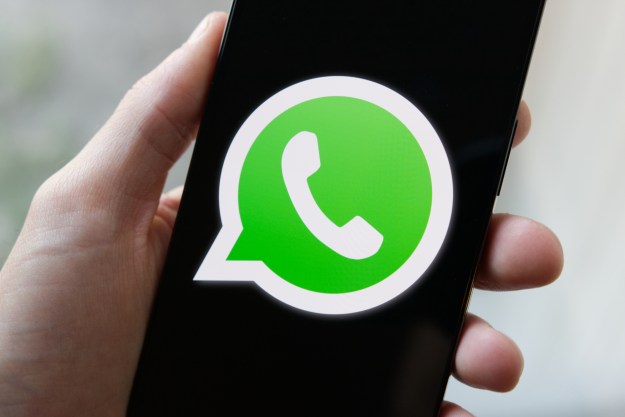Described as “an intuitive tool for building and sharing mobile apps,” the platform is free to use and offers users virtually unlimited options — that is to say, you can make as many apps as you want without a commitment. The team at Semble claims that with their new tool, “creating an app is as easy as writing an email or making a Keynote presentation,” and you can build an app for anything from a business event to a product promotion.
And as some of Semble’s current users have shown, there’s really no limit as to what you can do with Semble. Take, for example, Karen Washington, an urban farmer and social activist in the New York City neighborhood of Harlem. Washington created the app Farm Queen to spread the word about growing crops in the city. “Sharing my knowledge and making farming accessible for everyone was easy with this tool,” she said. “Through communicating my passion I can, together with the people using my app, be a power in changing the world.”
“Communicating via mobile devices should be for everyone, and not just for coders and IT people,” said Staffan Ekholm, founder and CEO of Mag+, the company behind Semble. “What WordPress did for websites, we’re now doing for apps. Our hope is that by making the power of apps available to anyone who wants one, we can also help change how people think about apps — that you don’t need IT to build one, in fact, you can do it yourself.”
To create an app, simply drag and drop functions much like you would to put together a Powerpoint presentation. Either customize an app, or pick a ready-made template to make the process even easier. And you can add dynamic content (like RSS feeds) and update the app whenever you want to ensure that you’re always putting your best foot forward.
“I’ve been in the publishing business for 20 years, and I’ve seen it evolve into something fantastic that Semble now is pushing even further,” says Ekholm. “It’s a tool for anyone who wants to bring their own beautiful, immersive content to others using digital and smart devices, be it an urban farmer or any small, entrepreneurial business.”
Editors' Recommendations
- Everything you need to know about the massive Apple App Store outage
- 8 iPhone browser apps you should use instead of Safari
- Google Messages vs. Samsung Messages: Which app should you use?
- If you have one of these apps on your Android phone, delete it immediately
- The T-Mobile Tuesdays app is about to get a big upgrade


